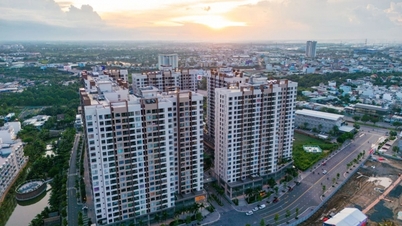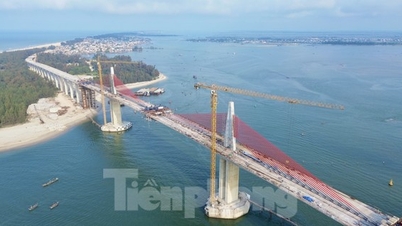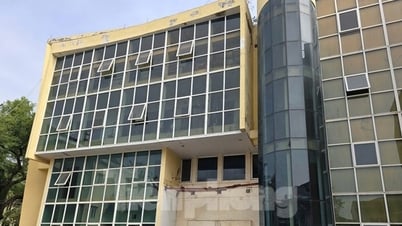According to a report by FiinGroup, the Vietnamese real estate market is still in a state of oversupply. Specifically, the total apartment supply of the two major markets, Hanoi and Ho Chi Minh City, has continuously decreased since 2019.
For example, in 2018, the total apartment supply in Hanoi and Ho Chi Minh City was estimated at 78,000 products, by 2022 the supply decreased 4 times, to only 18,442 products.
FiinGroup believes that market demand is still very large, but supply is very limited, the reason is that legal issues have affected the ability to complete projects in the real estate market.

FiinGroup believes that recovery signals are unclear, as they depend on the process of repaying loans and clearing bad debt from corporate bonds. (Photo: DM)
Some comments say that the real estate market will recover from the second quarter of 2024, but FiinGroup believes that the recovery signals are not clear, because they depend on the process of repaying loans and clearing bad debt of corporate bonds.
According to Decree 08 issued earlier this year, the Government allows businesses to defer corporate bond debt for 2 years (2024 - 2025). This has reduced financial pressure on real estate businesses.
As of early June 2023, 16 real estate enterprises have successfully extended their debt with the extended amount of about 8,000 billion VND. However, for the market to recover, within 2 years of debt extension, these enterprises must fulfill their responsibilities to investors.
“The recovery prospects in 2024 are still unclear and depend largely on the focus on resolving bad debt in corporate bonds and loans, as the Government has extended and postponed the deadlines in 2024 and 2025,” FiinGroup’s report stated.
Also according to FiinGroup, although real estate business credit has grown again, 21.86% in 99 months of 2023, the scale is still too small compared to the capital demand of this area.
In addition, bad debt in real estate bonds is still increasing and increasing bad debt risks for banks, especially lower-group banks with low capital buffers. This is reflected in the very high rate of corporate bond obligation violations and the increasing rate of bad debt formation (NPL formation).
Source


![[Photo] "Lovely" moments on the 30/4 holiday](https://vphoto.vietnam.vn/thumb/1200x675/vietnam/resource/IMAGE/2025/5/1/26d5d698f36b498287397db9e2f9d16c)
![[Photo] Ha Giang: Many key projects under construction during the holiday season](https://vphoto.vietnam.vn/thumb/1200x675/vietnam/resource/IMAGE/2025/5/1/8b8d87a9bd9b4d279bf5c1f71c030dec)



![[Photo] Binh Thuan organizes many special festivals on the occasion of April 30 and May 1](https://vphoto.vietnam.vn/thumb/1200x675/vietnam/resource/IMAGE/2025/5/1/5180af1d979642468ef6a3a9755d8d51)


























































































Comment (0)